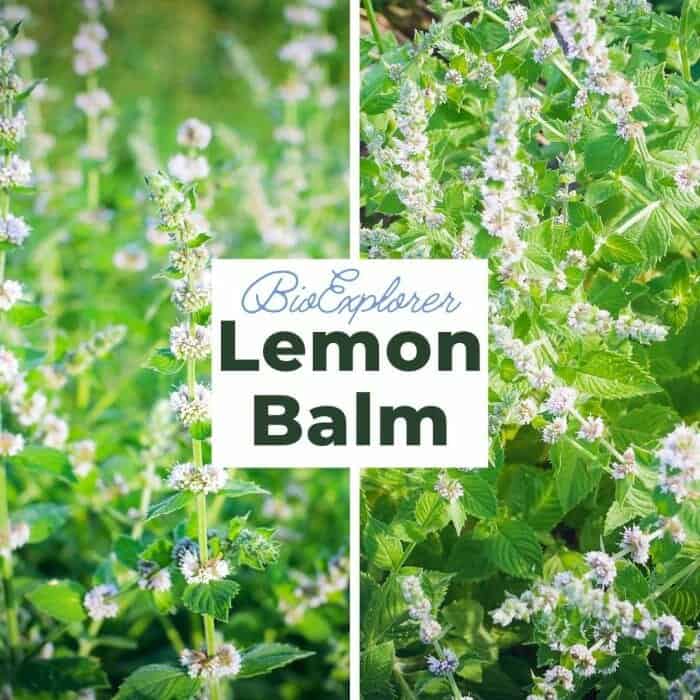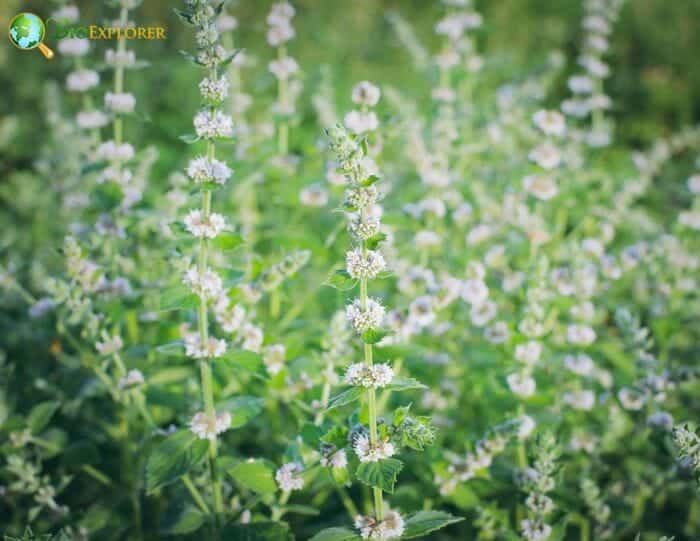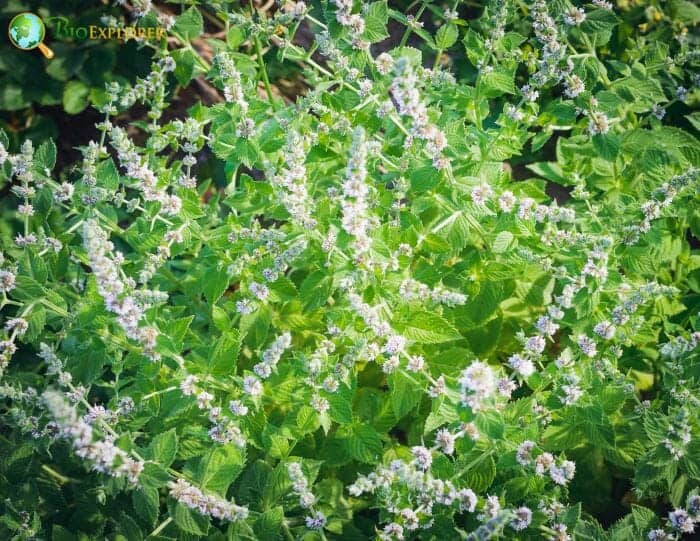
Lemon Balm (Melissa officinalis) is a classic culinary and medicinal herbaceous plant that shouldn’t be missing in any balcony or garden.

The sweet and delicately scented lemon aroma makes lemon balm among the most versatile and popular aromatic herbs. Melissa is native to the warm southeast and south of Europe.

Lemon balm, or simply lemon balm, is part of the Lamiaceae family. Unfortunately, the Melissa genus has only a few representatives with just 4 species[1].
Melissa is a 50-80 cm perennial with a small, hairy, 4-edged, branching stem. The opposite foliage, with petiolate stems of varying lengths, are broadly oval to cordate and have an irregularly notched (round teeth) or serrated (small, pointed teeth) edge.
The upper surface of the dark green leaf is sparsely hairy and has pronounced veins. The pale-white lipped flowers, approximately 1 cm in size, grow in the axils of the leaves.
The scent of the crushed flowers and leaves is spicy and aromatic, very reminiscent of lemons. Lemon balm blooms from June to September.
















